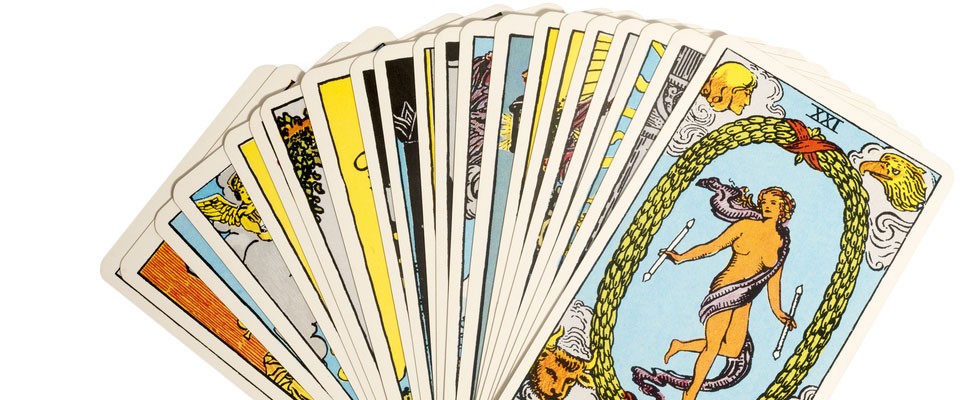According to Paleo diet experts, humans lived on this hand-to-mouth nutrition plan from about 2.5 million years ago until about 10,000 years ago. This is when modern agriculture first started to develop, and the hunting and gathering lifestyle went by the wayside. Proponents of the Paleo diet say humans weren't given enough time to evolve to our modern way of eating. {relatedarticles}
The Paleo diet seeks to get adherents as close to the pre-civilization eating plan as possible. Those on the Paleo diet eat as their human ancestors did, relying on fruits, veggies, healthy fats and lean meat. Proponents argue that many modern-day maladies can be traced to humans' post-agricultural and post-industrial lifestyle. Diabetes, arthritis and depression rank among the list of diseases that some Paleo enthusiasts believe are linked to modern diets.
2. "Meat" the Heroes (and Villains) of the Paleo Diet
The meat-centric Paleo diet plan encourages followers to get more hands-on in the food chain. Hunting for wild game and fishing are the preferred ways to bring home the bacon – so to speak – but one needn't be a sportsman to be Paleo. If tracking down a deer or snagging a trout simply isn't possible, turn instead to store-bought meats and fish, but only those of the free-range, organic and antibiotic-free variety. As for fish, opt for wild-caught and not farm-raised.












